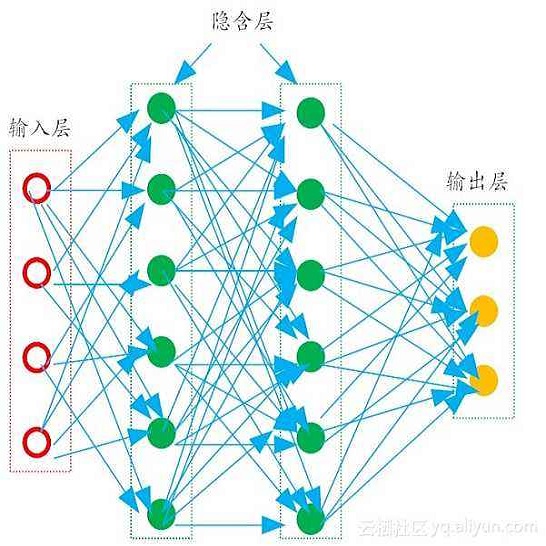For centuries researchers have used sound to monitor and study wildlife. Traditionally, conservationists have identified species by ear; however, it is now common to deploy audio recording technology to monitor animal and ecosystem sounds. Animals use sound for communication, mating, navigation and territorial defence. Animal sounds provide valuable information and help conservationists to quantify biodiversity. Acoustic monitoring has grown in popularity due to the availability of diverse sensor types which include camera traps, portable acoustic sensors, passive acoustic sensors, and even smartphones. Passive acoustic sensors are easy to deploy and can be left running for long durations to provide insights on habitat and the sounds made by animals and illegal activity. While this technology brings enormous benefits, the amount of data that is generated makes processing a time-consuming process for conservationists. Consequently, there is interest among conservationists to automatically process acoustic data to help speed up biodiversity assessments. Processing these large data sources and extracting relevant sounds from background noise introduces significant challenges. In this paper we outline an approach for achieving this using state of the art in machine learning to automatically extract features from time-series audio signals and modelling deep learning models to classify different bird species based on the sounds they make. The acquired bird songs are processed using mel-frequency cepstrum (MFC) to extract features which are later classified using a multilayer perceptron (MLP). Our proposed method achieved promising results with 0.74 sensitivity, 0.92 specificity and an accuracy of 0.74.
翻译:几百年来,研究人员一直使用声音来监测和研究野生动物。传统上,保护者通过耳朵来识别物种;然而,现在通常使用录音技术来监测动物和生态系统的声音;动物在通信、交配、导航和领土防卫方面使用声音;动物声音提供宝贵的信息,帮助保护者量化生物多样性;声学监测越来越受欢迎,因为有各种传感器类型,包括相机陷阱、便携式声感应器、被动声感应器,甚至智能手机;被动声感应器易于部署,可以长期运行,以提供关于生境和动物及非法活动声音的洞察;虽然这种技术带来巨大好处,但所产生的数据数量使保护者处理一个耗时过程;因此,保护者有兴趣自动处理声学数据,以帮助加快生物多样性评估;处理这些大型数据源,并从背景噪音中提取相关声音,带来重大挑战;在本文中,我们概述了实现这一点的方法,即利用机器学状态,从时间序列音频信号和动物及非法活动产生的声音;虽然这种技术带来巨大的好处,但所产生的数据数量使保护者能够处理一个耗时的鸟类物种分类;因此,利用我们获得的磁力分析的磁力分析方法。




